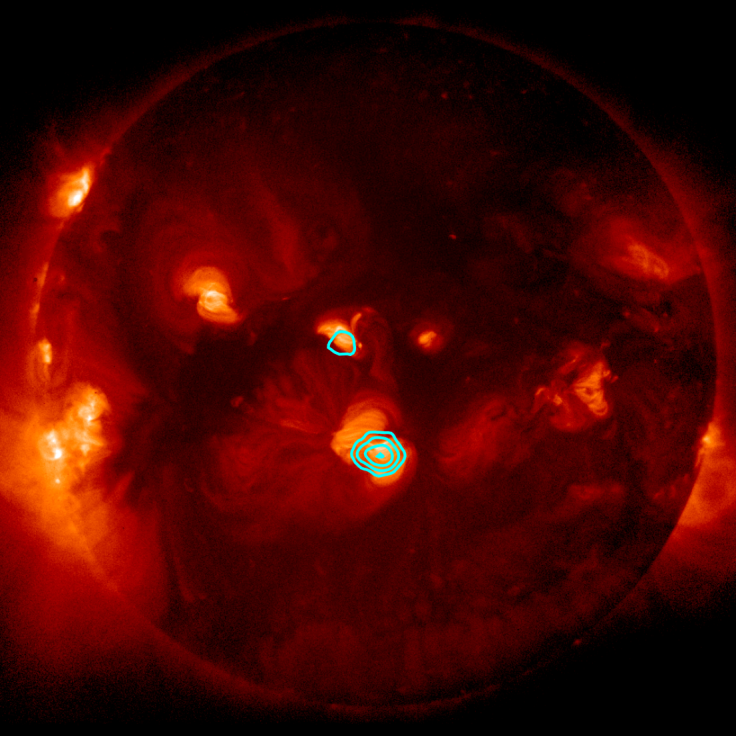NASA’s FOXSI Mission To Search Sun's Corona For Intense Nanoflares

Just a few weeks after launching Solar Parker Probe to "touch the Sun," NASA is working on another solar mission, one that aims to stare directly into the depths of our star and witness signatures of its intense nanoflares.
The mission, named Focusing Optics X-ray Solar Imager (FOXSI), will take to the skies on Sept. 7. It will be a sounding rocket launch, where a scaled-down launch vehicle will travel 190 miles above ground to take a quick 15-minute long peek at the sun. After taking the desired observations, the vehicle will fall back to Earth.
The quick space hop, as NASA described, will give scientists an opportunity to see depths of the sun in X-ray and learn more about the nature and strength of nanoflares. These baby eruptions occur on a massive scale behind the calm face of the sun. They are very small and cannot be observed by the naked eye, but play a critical role in heating the solar plasma to several million degrees.
When the magnetic field lines present in the solar atmosphere tangle, stretch and break, the miniature eruptions occur and release energy that accelerates solar particles almost to the speed of light and heats up the atmosphere.
However, the whole process takes place at wavelengths that are too extreme to be observed by the naked eye or even conventional telescopes. This is where the FOXSI mission, developed jointly by NASA and the Japan Aerospace Exploration Agency (JAXA), comes in. The rocket, as the US space agency said, will take close look at nanoflare production with its advanced X-ray vision.
“FOXSI is the first instrument built specially to image high-energy X-rays from the Sun by directly focusing them,” Lindsay Glesener, principal investigator for the mission, said in a NASA statement. “Other instruments have done this for other astronomical objects, but FOXSI is so far the only instrument to optimize especially for the Sun.” This will be the third flight to be undertaken as part of the solar-measuring project.
The sunlight that we see helps us learn about our star’s photosphere, which is heated up to 10,000 degrees Fahrenheit, while the X-rays observations will go deeper, far beyond the observable point. These views, unlike the former, have always been hard to focus.
But, on this particular mission, the sounding rocket will be equipped with sophisticated tools, inclined to a certain angle, to do the job and obtain high-quality images of X-rays emitting from the nanoflares. The instruments onboard will even include a telescope specializing in capturing low-energy X-ray emission or soft X-rays.
“Including the soft X-ray telescope gives us more precise temperatures,” Glesener noted. This would enable the team to pinpoint even the smallest signs of nanoflares, emissions that would be missed with a typical hard X-ray telescope.
“Thanks to these telescopes we can now make focused X-ray images of our Sun,” Säm Krucker, a physicist at the University of California, Berkeley, concluded. “These images [will] have a much-improved image quality at a much higher sensitivity.”
© Copyright IBTimes 2025. All rights reserved.





















